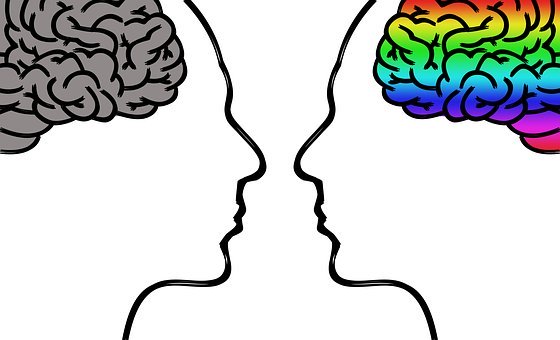Cognitive Behavioral Therapy for Chronic Pelvic Pain Syndrome
Date:2020-03-26 click:0

Chronic pelvic pain syndrome is a complex disease involving physical and mental factors. Even if there are obvious physical diseases that can cause pelvic pain, mental pressure, and poor mood are important pathogenic factors of chronic pelvic pain syndrome (CPPS).
When a person feels stressed, anxious, and nervous, his prolactin level will increase, which will damage the immune system and cause inflammation.
Of course, these emotions can also lead to neuroendocrine disorders, resulting in chronic pain. Stress caused by mental stress and poor mood may lead to chronic tension symptoms, neuromuscular tension, and other pelvic floor diseases. All of these problems can lead to pelvic pain and sometimes urinary, reproductive, or bowel problems.
Therefore, we can not ignore the influence of psychological and social factors on the disease. We need to use comprehensive multidisciplinary methods in treatment, including surgery, medicine, physical therapy, psychotherapy, diet therapy, etc. The goal of these therapies is to relieve pain, improve function, and eliminate psychological disorders, but the treatment effect of the severe condition is not good.
Cognitive behavior therapy is a group of short-term psychotherapy that can change bad cognition and eliminate bad emotion and behavior by changing thinking or belief and behavior.
The view of cognitive behavior therapy
People's emotions come from people's beliefs, evaluation, interpretation, or philosophy of what they encounter, not from things themselves, as the main representative of cognitive therapy, A. T. Beck said, "maladjustment behavior and emotion are all derived from maladjustment cognition."

The cognitive theory holds that human emotions come from people's beliefs, evaluation, interpretation, or philosophy of what they encounter, not from things themselves. Emotion and behavior are subject to cognition, which is the decisive factor in people's psychological activities.
Cognitive behavior therapy is to correct the maladjusted emotion or behavior by changing people's cognitive processes and the concepts generated in this process. The goal of treatment is not only to aim at the external manifestations of behavior and emotion but also to analyze the thinking activities of patients and the strategies to deal with reality, find out the wrong cognition and correct it, so as to reduce the pain and other symptoms of patients.
When pain occurs, NSAIDs and antidepressants can be used under the guidance of doctors to relieve symptoms. Especially in patients with chronic pelvic pain syndrome and depression, the use of antidepressant drugs can not only alleviate depression but also have an analgesic effect.
You may also be interested in:
Natural Treatments for Chronic Pelvic Pain Syndrome
Causes of Chronic Pelvic Pain Syndrome
Physical Therapy of Chronic Pelvic Pain Syndrome
When pain occurs, NSAIDs and antidepressants can be used under the guidance of doctors to relieve symptoms. Especially in patients with chronic pelvic pain syndrome and depression, the use of antidepressant drugs can not only alleviate depression but also have an analgesic effect.
You may also be interested in:
Natural Treatments for Chronic Pelvic Pain Syndrome
Causes of Chronic Pelvic Pain Syndrome
Physical Therapy of Chronic Pelvic Pain Syndrome



